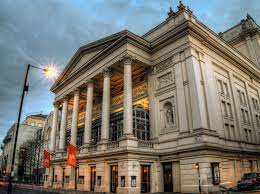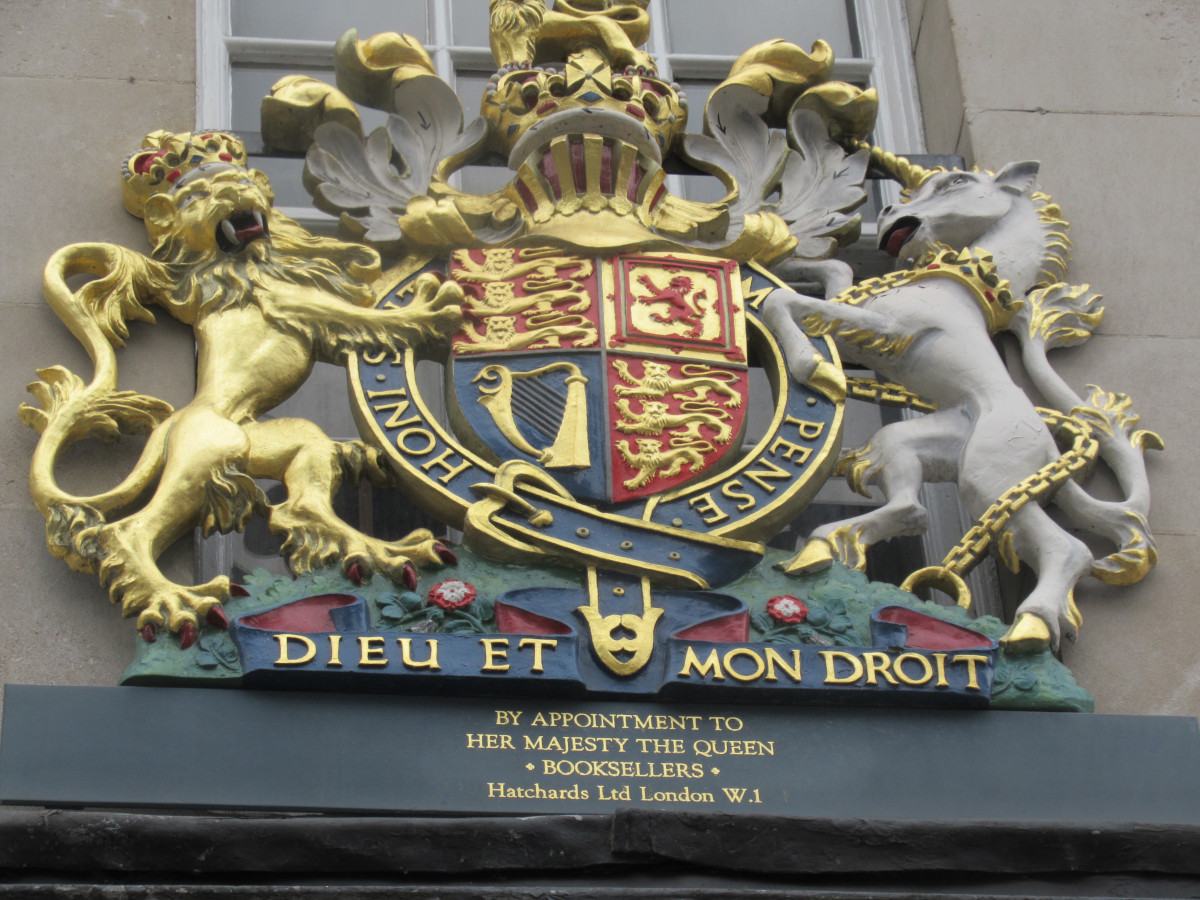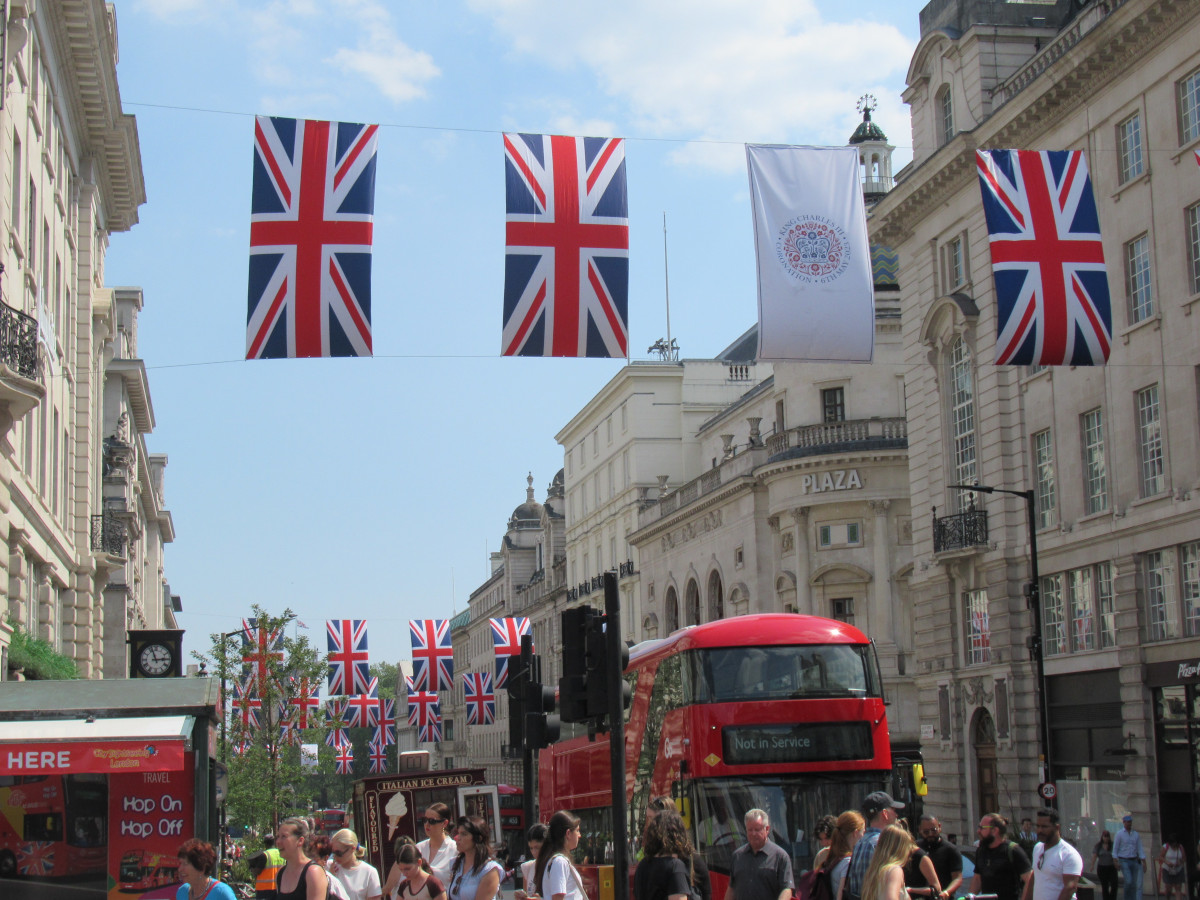In this episode it’s all about London as a centre of entertainment. We’re going along the Strand, round Covent Garden, popping into the Royal Opera House and the Theatre Royal, Drury Lane, and then on down to Piccadilly and London’s theatreland. Enjoy!
the strand



Originally the main road from Westminster to the City of London, the Strand was where bishops and noblemen liked to build large riverside mansions. It gradually acquired a racy reputation, the place for pickpockets, drunks and prostitutes and there are colourful examples of all three given on the podcast. The writer Charles Lamb (1775-1834) wrote that he shed tears in the Strand ‘from fulness of joy at so much life.’ Today, it’s a busy wide shopping street with a number of highlights, most notably the Savoy Hotel, the Savoy Theatre and Somerset House.
The Savoy Theatre, opening in 1881, and so much money was made from popular Gilbert and Sullivan shows that a hotel was opened next door. It was always going to be grand, being managed by César Ritz and with Auguste Escoffier as the head chef. And indeed, the rich and famous came to stay, including Oscar Wilde and Lord Alfred Douglas and Claude Monet, who painted some scenes of the Thames from his bedroom window. Visit today to admire the Art Deco foyer or to buy a drink at the American Bar, the longest serving cocktail bar in Europe.
Simpsons in the Strand is currently closed. Fingers crossed the planned re-opening is soon! Describing it, P G Wodehouse wrote ‘Here, if he wishes, the Briton may, for the small sum of half a dollar, stupefy himself with food.’ No women were allowed in the main restaurant until 1984 (yes, really) and the menu offered magnificently old-fashioned meals such as turtle soup, sirloin of beef and boiled syrup pudding. Think silver service, a hushed dining room and, as it said itself, ‘the best Sunday roast in London’. Somerset House is the last surviving grand palace on the Strand and worth seeking out to glimpse its lovely courtyard and to visit the Courtauld Gallery next door.
covent garden



Covent Garden is another tourist hub. Laid out as an elegant square in the 1630s, it went gradually down market, from coffee houses to pubs, which became gambling dens, then brothels. But in the 19th century it was redeveloped as London’s main fruit and veg market and was the stamping ground of flower girls like Pygmalion’s Eliza Doolittle. Today it’s the place to see top quality street performers, to shop and to eat. It’s also home to the Royal Opera House and to London’s oldest theatre, the Theatre Royal, Drury Lane. Both offer exciting programmes on their stages and also backstage tours where you can learn some of their fascinating history.
For example, the Royal Opera House began as a theatre where, in 1773, Oliver Goldsmith’s hit play She Stoops to Conquer premiered. And the Drury Lane Theatre is where the original clown, Joseph Grimaldi and England’s best-known 18th century actor David Garrick launched their careers. It’s also where Charles II first fell in love with Nell Gwynne and there are numerous ghost stories attached to it as well. Much of this is detailed on the podcast.
piccadilly



Stand amid the neon lights by the statue of Eros on Piccadilly Circus and you’re in the heart of London. The ‘circus’ – circular road – was built in the 17th century and named because ‘piccadillies’, or lace collars were made nearby. The Royal Academy of Arts is on Piccadilly – ‘the place where art is made, exhibited and debated’ – and there are some very posh shopping opportunities. Try Fortnum and Mason – luxury foods since 1738 and one of the places for afternoon tea – and definitely wander the Burlington Arcade, England’s oldest shopping arcade, dating from 1819 and full of little boutiques of luxury everything. Also, there’s Hatchards, established in 1797, the 5-storey bookshop where the royal still send their booklists.


london’s theatreland
Many of London’s theatres are in this area, including those named after famous actors – the Gielgud, the Garrick – and the smallest (the Arts Theatre with 350 seats) and the largest (the London Palladium with room for over 2000). Many are on Shaftesbury Avenue or Charing Cross Road. The Mousetrap has broken records by running continuously since 1952 and in Leicester Square you can admire the large central statue of Shakespeare and the handprints of famous actors – think Sir Michael Caine and Dame Judy Dench – are set into the paving. You might catch on e of the 50 or so red-carpet premieres held there each year and China Town, bustling with Asian restaurants, just next door.
Listen to the POdcast
Reading suggestions
London’s Great Theatres by Simon Callow and Derry Moore
Piccadilly: London’s West End and the Pursuit of Pleasure by Stephen Hoare
links for this post
Savoy Theatre
Savoy Hotel
Simpsons in the Strand
Covent Garden
The Royal Academy of Arts
Fortnum and Mason
Burlington Arcade
Hatchards
London Theatre Guide
Previous episode Fleet Street
Next episode Victoria and Albert’s London
Last Updated on March 12, 2025 by Marian Jones






